Journal Notes: Musings on Curiosity & Green Ideas
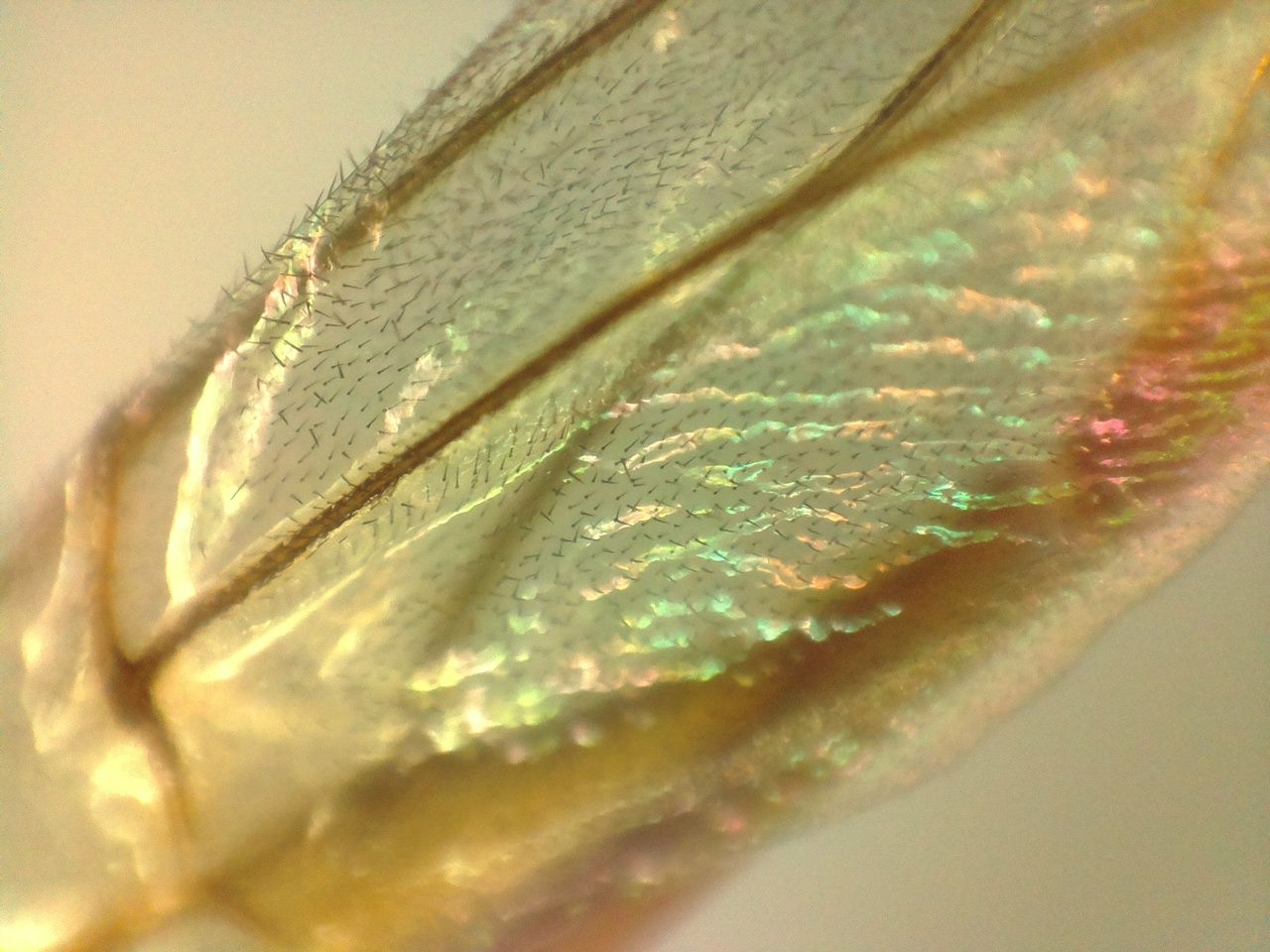
This post has been adapted from raw notes within my personal journal, hence it will be a little more helter-skelter than conventional posts.
I have spent the last few days delving into the possibilities of designing a new material that could improve the efficiency of electrical motors. This is of course timely, we have the right collaborators and its something different to the AIoT-related work. But frankly, being a little sleep-deprived with the arrival of a baby; I needed a reprise from the high-peaks of Fermi levels and elusive action of Van Vleck paramagnetism. A fly landed on my desk. Thank you, my mind relieved to be grounded in everyday matters again. Time for a coffee break. Later that evening, I reflected on an image I took with my microscope of a fly's wing, a few months prior. It seems we will need curiosity and ingenuity in equal portion if we are to succeed in developing truly regenerative solutions for the future. But in many instances, the regenerative solutions we seek are much closer than we think. Feynman's reflection rings true once more;
“Everything is interesting if you go into it deeply enough.” - Richard Feynman (one of the great physicists of our time)
I've always had a pretty healthy relationship with flies, even when I lived in Australia. Clearly, my nostrils and ears were illegal territories for these persistent little creatures, but aside from that, I was fairly content with their chaotic flight paths. Occasionally, one would land on my arm and for a very brief moment, it would dance to the anticipation of being flicked away. They were the true masters of "just in time", claiming the label a few millennia before Toyota. I can also appreciate how people wished they were "not in time", as if banished to another dimensional reality. In fact, this may have really happened at CERN, the fly drawn to a stray muon and suddenly sucked into a mini 'quantum' black hole, to only then be spat out a few lightyears away. A harsh demise.
In the ingenious observance of the comedian, Bill Bailey, the British tend to approach challenges, such as a swarm of flies, through the aperture of "things could be much worse". This is equally true for the common house fly. To my mind, their annoyance is dwarfed relative to the unnerving, Mosquito. Unfortunately, the dragon-born blood of the Welsh is like an elixir to these little buzz-biters. My mother also told me recently that one should eat Marmite, since it has been proven to be a natural deterrent. Ironic really, that Mosquitos are only repelled by something as equally divisive and polarising, Marmite. But let us not digress, these flies are far more fascinating than one initially realises. They could also guide us towards developing truly green transport solutions. If we really want fuel efficiency (whether synthetic, bio-derived or hydrogen-infused), our smaller transport products may need to grow hair. Such furry surfaces could also reduce sound pollution at rail platforms, streets and surrounding airports, as Moths would testify.
The arrival of autumn this past week has further echoed this new simple truth about regeneration, "we need not look far for solutions". I recently picked up my children on a Friday and weather permitting, I often go to the park for a twenty minute run-around or game of tag - whatever seems to be the flavour of the day. It was raining this particular Friday, but having been raised in the hills of North Wales, I have cultivated a deep-rooted fondness for rain, so this was not going to spoil our fun. Amidst the game of tag with their friends, my daughter found a leaf on the ground that was covered in rain droplets. What was truly remarkable, was that the underside of the leaf was completely hydrophobic. We tilted the leaf against the gentle rain and the droplets beaded perfectly and the leaf resembled the perfect rain barrier.
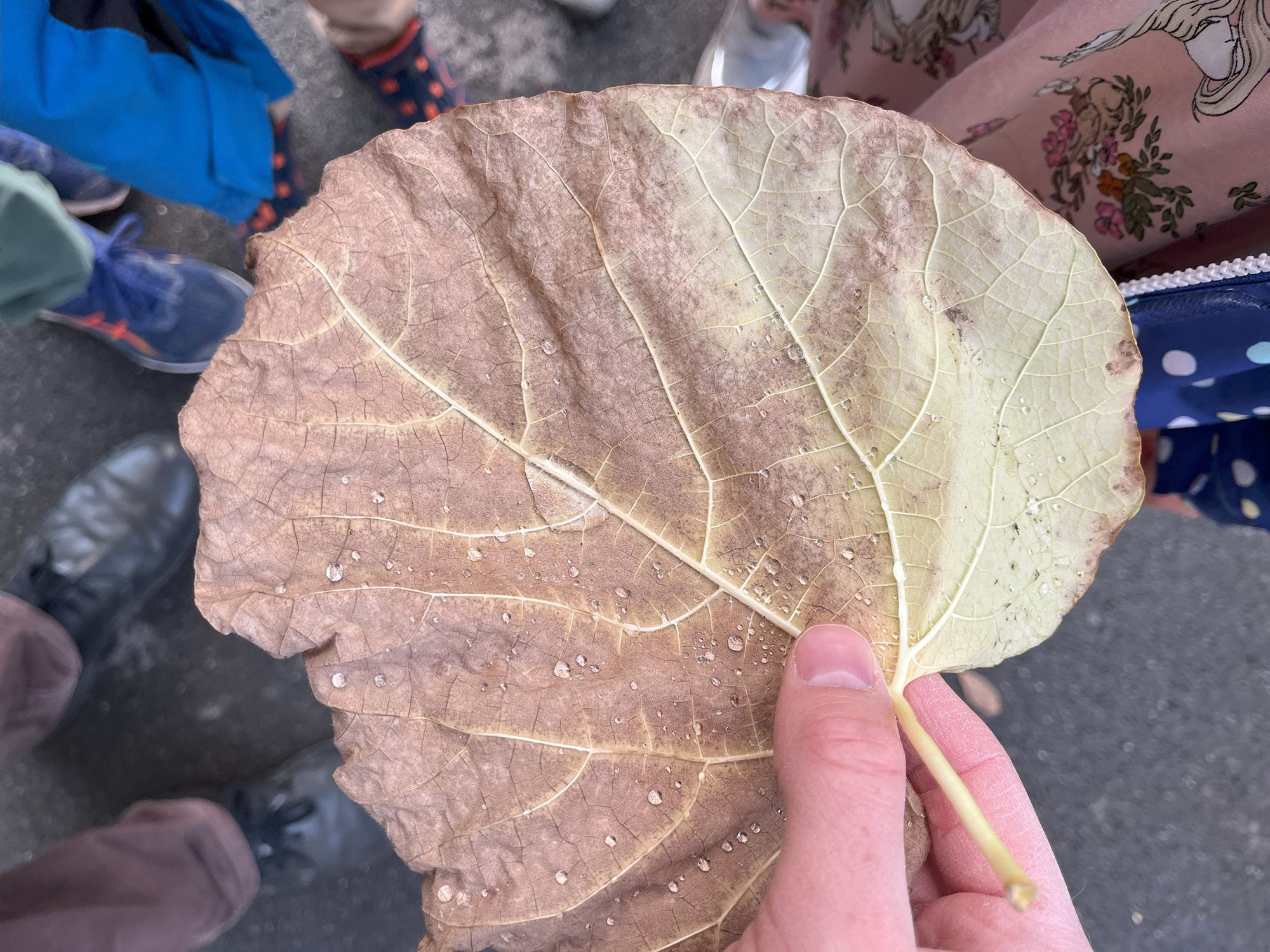
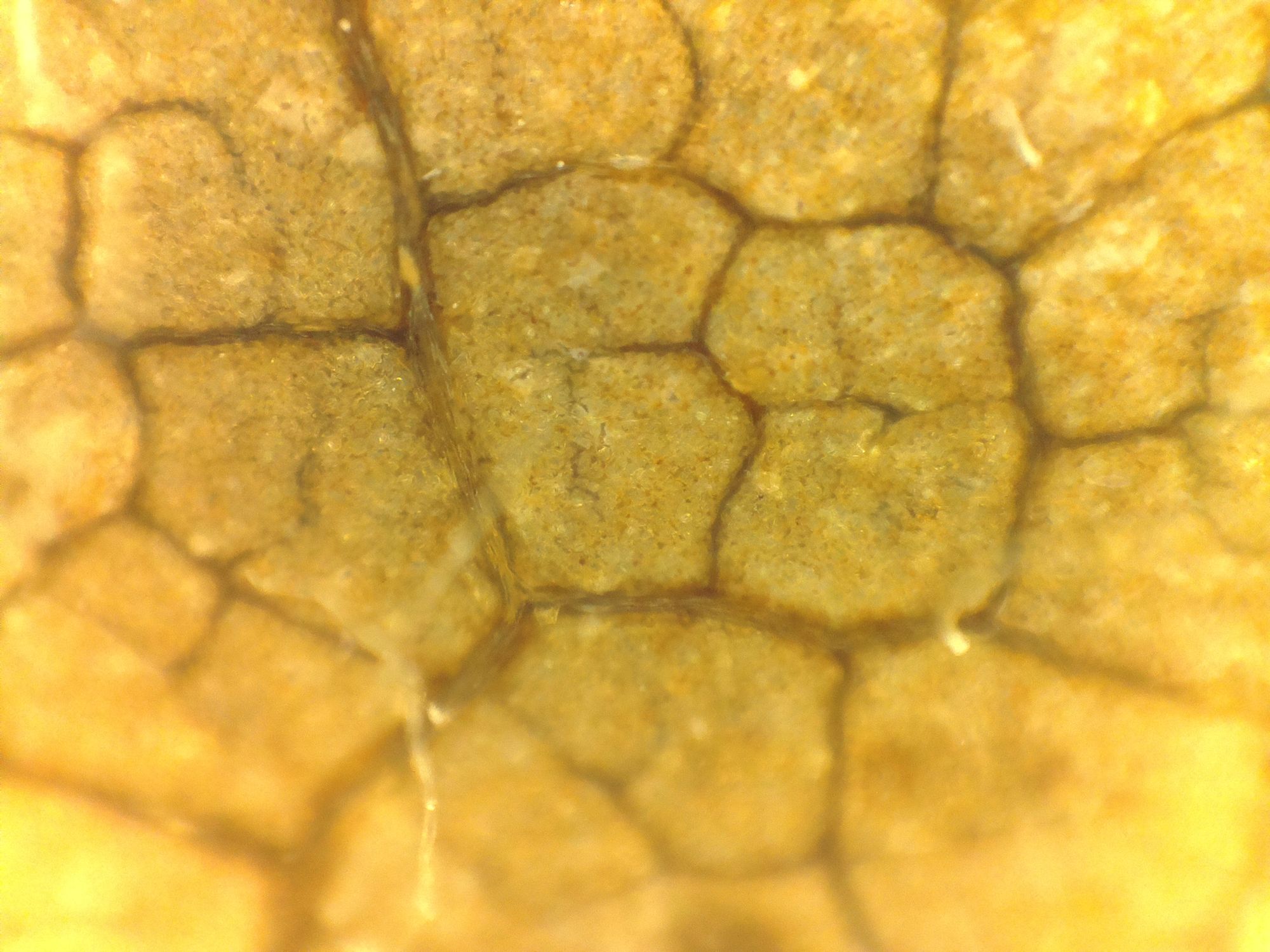
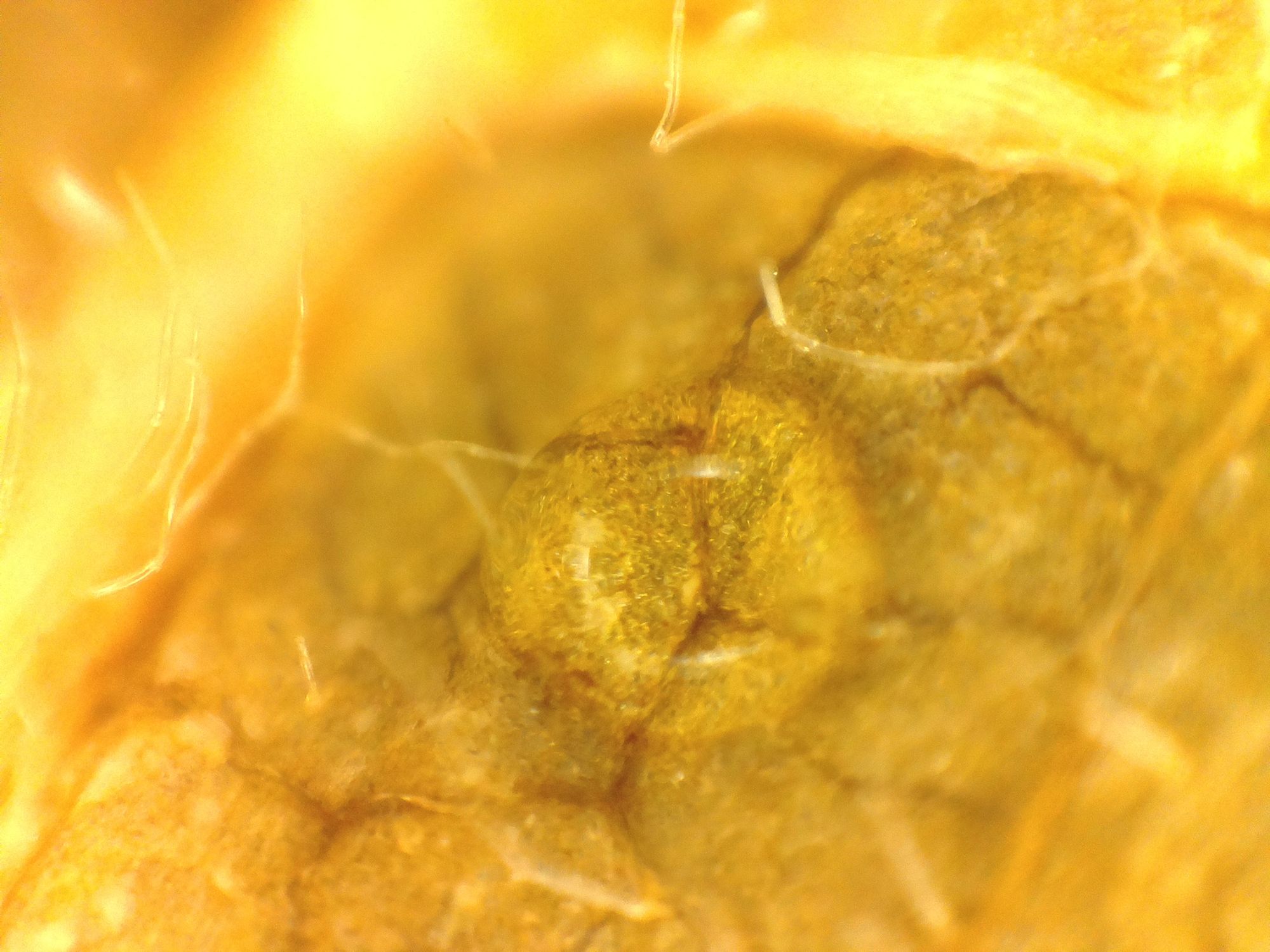
Images of the dried leaf, which my daughter found in a local park. The two images on the right are taken with my microscope, the right most image shows a droplet of water held on the hydrophobic surface.
As a man who wore his previous GoreTex jacket for 16 years, with proofing knowledge to suit and hours spent on Munros and Mountains, it taught me to appreciate the technicalities of waterproof garments.

As someone born into a Welsh farming community, a waxed cotton jacket was a regular companion, an amazing outdoor material despite the weight of it. The two biomimicry aspects I have in mind is a synthesis of the cellulose (derived from the leaves) and also the topology (the contact angles) that would provide a truly environmentally-friendly waterproof membrane. What triggered this idea was looking into one of the application domains for Vanadium, which are kagome superconductors. Members of the kagome metal family are composed of layers of atoms arranged in repeating units similar to a Star of David, which form a nano-scale "basket-weave".
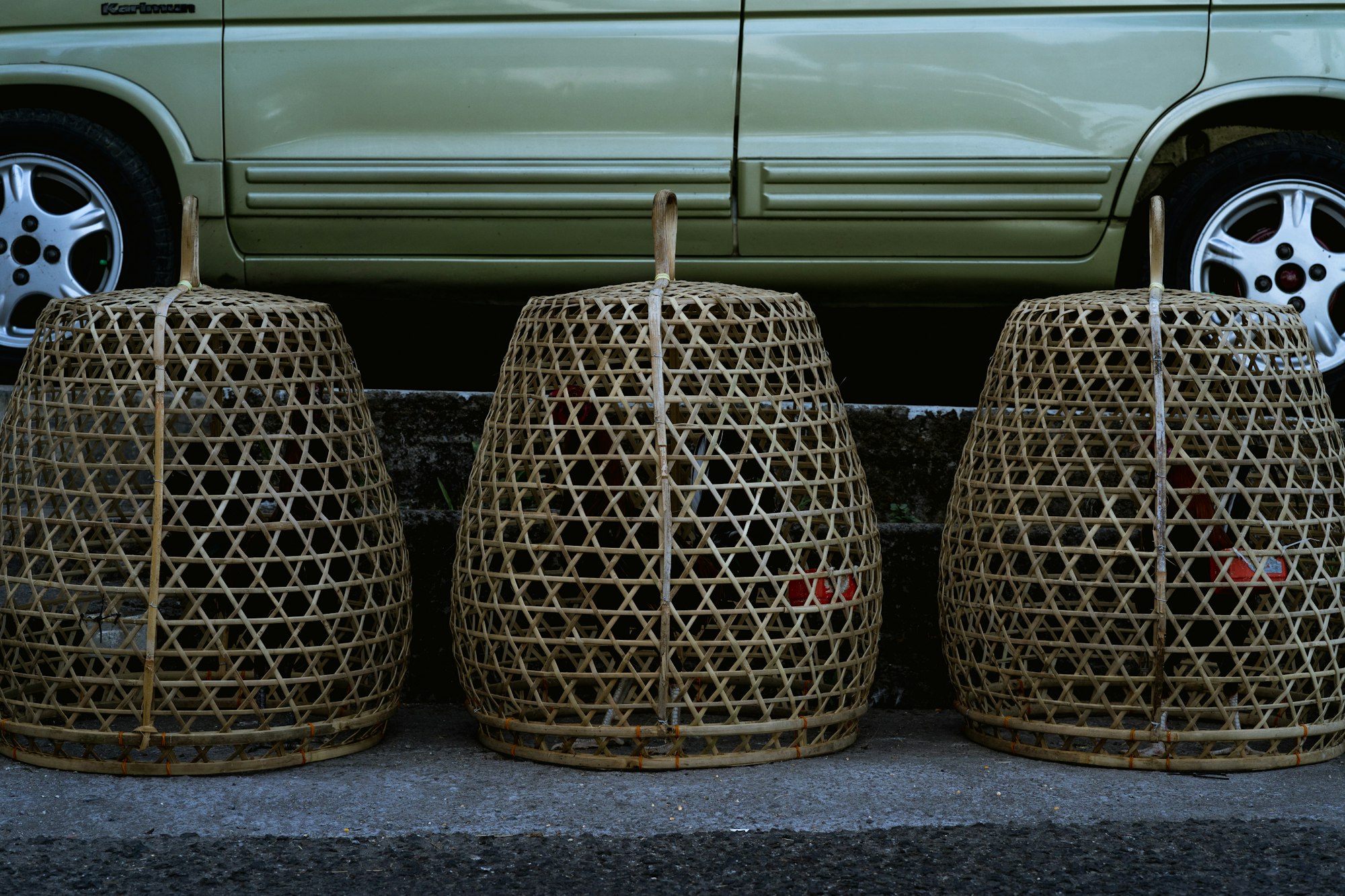
They are fascinating materials, which are not only relevant for superconductors but also quantum computing. Their unique properties can be attributed to their topology, hence, the link. I've read about some progress made using electrospinning to mimic the topology of leaves, but it would be interesting to know if someone had managed to scale this (or an alternative method) into a robust textile manufacturing method.
Despite multi-million R&D budgets within the outdoor clothing sector and existing biomimicry understanding (e.g. "The Lotus Effect"), I do wonder why nobody has managed to mimic what has been beneath our feet? I often wonder if our reliance on a particular technological paradigm, whether it be coal, iron or oil, has been both liberator and restrictor. It seems our current reliance on oil-based derivatives hampers our ability to rapidly adopt new novel technologies that are nature-inspired and truly ecological.
I have little knowledge about the latest textile developments, but I have some experience with the development of novel composites and resins (for carbon-fiber). If the technical aptitude in these domains is anything to go by, I am convinced that we could mimic the surface texture and topology of a dried leaf in modern outdoor clothing, with the flexural characteristics to suit. Maybe it will be next year's entry from Patagonia, they seem to be taking serious strides within the sustainability space.
In the meantime, I might make a trial jacket with my kids, taking an old cotton jacket and lining its exterior with layered duck-tape fastened leaves. An excellent project for a rainy autumn day. It could be an epic fail, but the gains of learning from failure outweigh the prospect of being a bit soggy in the forest for a few hours whilst exploring with the kids. A note to self in this regard - pack a flask of hot chocolate, bread rolls, some matches and a few swiss-Cervelas sausages, as morale-boosters.
Thanks for reading. These raw journal notes are excerpts from my personal journal, which have been merged into a very brief blog entry. There is little time to polish or research, just musings as they were begotten.
Aaron

